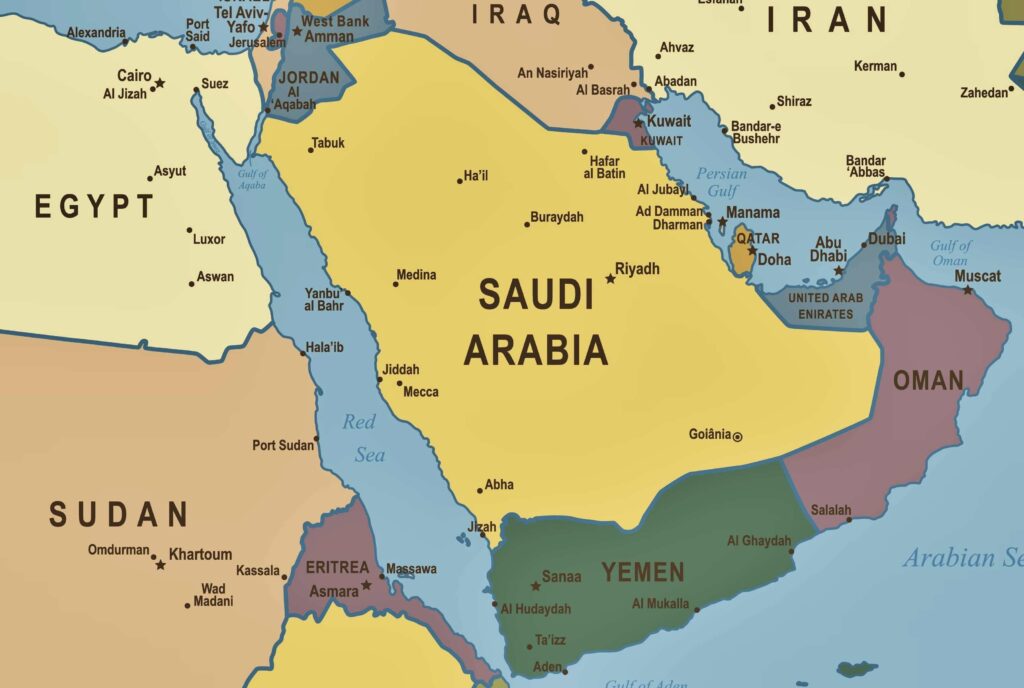Food & Climate
An expert expects that the tension between Egypt and Ethiopia about Grand Ethiopian Renaissance Dam (Gerd) could further complicate the geopolitics of the Red Sea by drawing in other players and further affect global trade.
“Indeed, the Nile dispute may well play out in Somalia”, warns Dr Hassan Khannenje, the director of the Horn International Institute for Strategic Studies, according to a report seen by “Food & Climate” platform.
The tensions ratcheted up this week with the arrival of two Egyptian C-130 military aeroplanes in Somalia’s capital, Mogadishu, signalling the beginning of the deal signed earlier in August during a state visit by the Somali president to Cairo.
The plan is for up to 5,000 Egyptian soldiers to join a new-look African Union force at the end of the year, with another 5,000 reportedly to be deployed separately.
Ethiopia and Somalia
Ethiopia, which has been a key ally of Somalia in its fight against al-Qaeda-linked militants and is at loggerheads with Egypt over a mega dam (Grand Ethiopian Renaissance Dam), it built on the River Nile, said it could not “stand idle while other actors take measures to destabilise the region”.
Somalia’s defence minister hit back, saying Ethiopia should stop “wailing” as everyone “will reap what they sowed” – a reference to their diplomatic relations that have been on a downward spiral for months.
Dr Khannenje told the BBC, that at least 17,000 ships go through the Suez Canal each year, meaning that 12% of annual global trade passes through the Red Sea, amounting to $1tn (£842bn) worth of goods, according to shipping monitor Lloyd’s List.
While Ethiopia said it has more than doubled electricity production from its controversial mega-dam on the Blue Nile after two more turbines started operations, the Egyptian minister of Foreign Affairs Badr Abdelatty has directed a letter to the president of the United Nations Security Council concerning Ethiopian Prime Minister Abiy Ahmed’s recent remarks on the fifth phase of filling the Grand Ethiopian Renaissance Dam, today.
The multi-billion-dollar Grand Ethiopian Renaissance Dam is now generating 1,550 megawatts of electricity, GERD said in a post on X late Tuesday.
“The two turbines generating 400MW each have now started operations, adding to the already functional two turbines generating 375MW each, totaling an output of 1,550MW”, according to “Agence France-Presse”.
In the letter, Abdelatty described Ahmed’s statements about reserving a quantity of Blue Nile water this year and completing the concrete structure of the Ethiopian dam as “entirely unacceptable to the Egyptian state”.
Egyptian Prime Minister Mostafa Madbouly also met with Somali counterpart Hamza Abdi Barre in Cairo yesterday to discuss enhancing economic and security cooperation between the two nations.
Madbouly reaffirmed Egypt’s support for Somalia’s sovereignty and unity, particularly in light of recent developments in the region.

Egypt and Ethiopia
Egypt accuses Ethiopia of threatening its supply of water with the construction of the Grand Ethiopian Renaissance Dam.
This began in 2011 on the Blue Nile tributary in Ethiopia’s northern-western highlands, from where 85% of the Nile’s water flow.
It argued that a 2% reduction in water from the Nile could result in the loss of around 200,000 acres (81,000 hectares) of irrigated land.
For Ethiopia the dam is seen as a way of revolutionising the country by producing electricity for 60% of the population and providing a constant flow of electricity for businesses.
For Somalia, it has not only brought its Nile enemy Egypt into the mix, but also announced that Ethiopian troops would not be part of the AU force from next January.
It all comes down to the ambitions of Ethiopia’s Prime Minister Abiy Ahmed, who wants his landlocked country to have a port. Ethiopia lost its access to the sea when Eritrea seceded in the early 1990s.
On New Year’s Day, Abiy signed a controversial deal with the self-declared republic of Somaliland to lease a 20km (12-mile) section of its coastline for 50 years to set up a naval base.
It could also potentially lead to Ethiopia officially recognising the breakaway republic – something Somaliland is pushing hard for.
Somaliland broke away from Somalia more than 30 years ago, but Mogadishu regards it very much as part of its territory – and described the deal as an act of “aggression”.
Somalia fears such a move might set a precedent and encourage other countries to recognise Somaliland’s independence, geopolitical analyst Jonathan Fenton-Harvey told the BBC.
He added that neighboring Djibouti was also worried it could harm its own port-dependent economy, as Ethiopia has traditionally relied on Djibouti for imports.

In fact, in an attempt to deescalate tensions, Djibouti’s foreign minister, Mahmoud Ali Youssouf, has told the BBC his country is ready to offer Ethiopia “100%” access to one of its ports.
“It will be in the port of Tadjoura – 100km [62 miles] from the Ethiopia border,” This is definitely a change of tune for as recently as last year, a senior presidential adviser said Djibouti was reluctant to offer its neighbor unfettered access to the Red Sea.

